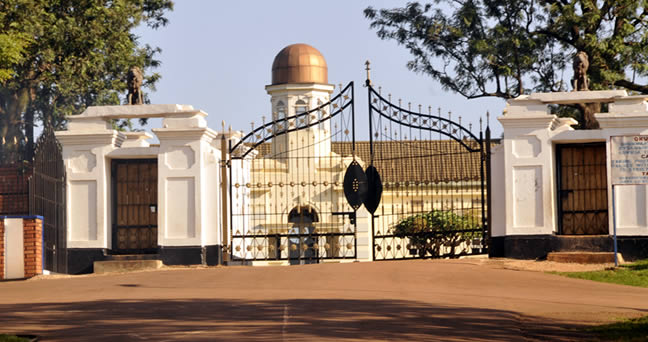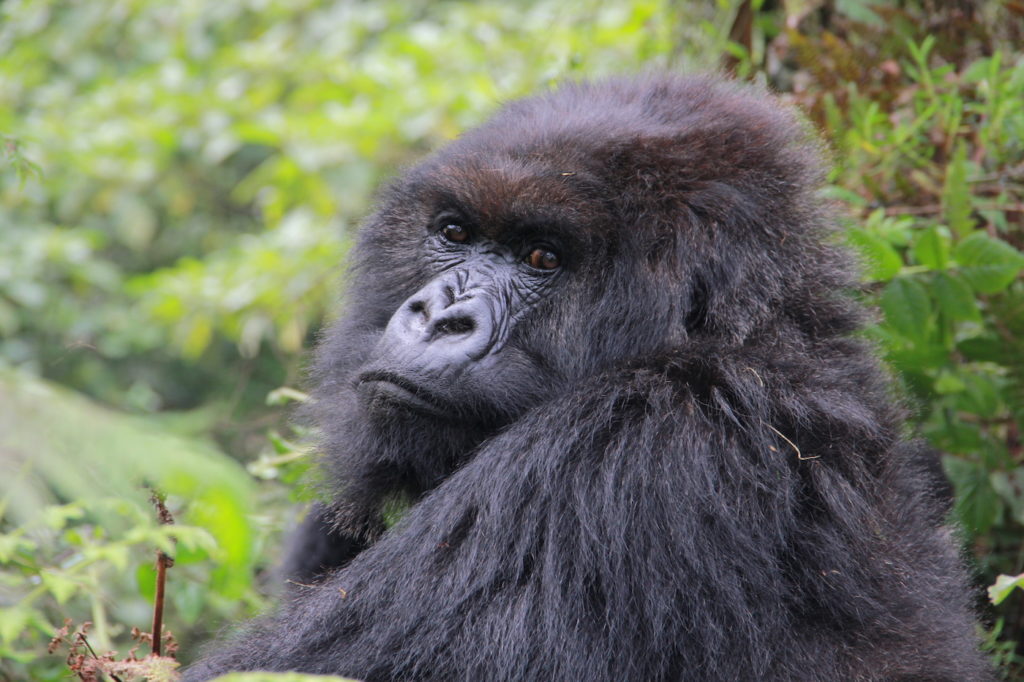WHAT TO DO WHILE IN QUEEN ELIZABETH NATIONAL PARK
Queen Elizabeth National Park continues to take its visitors into a mist of wonders beyond what they read and have heard of, the park harbors the largest number of hippos in East Africa; about 5000, 3000 elephants and 1000 buffaloes. Queen Elizabeth National park is also a home to very many antelope types like Duikers, Reed Buck, Topis and the Sitatunga antelopes. Its also known as a home for the biggest number of Kobs in Uganda, these mostly breed from Kasenyi plains in the shrubs. Did you know that Queen Elizabeth National Park is ranked the 2nd best area for Birding in Africa after Bwindi, with Kazinga Channel banks having about 600 bird species? It’s also recognized internationally by the International birding.
Activities in Queen Elizabeth National Park
When an interest to visit Queen Elizabeth National park is at its peak, the activities below will get you sorted. To begin with;
Launch cruise in Queen Elizabeth
This launch cruise happens on the Kazinga Channel, along natural water channel linking Lake Edward to Lake George. The boat Cruise goes on for about 2 – 3 hours. The trips run 3 times a day. This cruise gives chance to the visitor to see a couple of buffaloes, elephants and Hippos on the banks of Kazinga Channel. Not Forgetting the fierce Nile crocodiles enjoying lazily on the channel banks for a feel of the warm sun.
Birding in Queen Elizabeth
Queen Elizabeth National Park is one of Uganda’s top birding spots and its classified by the Birding International. Many birds in this park are regarded as exceptional, which makes Queen Elizabeth National Park the number one destination for Birders. Some of the Bird Species include; African fin foot, African hobby, African skimmer, Ayres’s hawk eagle, Black bee-eater, Black-ramped buttonquail, Broad-billed roller, Caspian plover, Collared pratincole, Common sand martin, Crab-plover, Great blue turaco, Great white pelican, Grey-winged robin-chat, Heuglin’s gull, Palm-nut vulture, Papyrus gonolek, Pel’s fishing-owl, Pink-backed pelican, Red-chested sunbird, Rufous-bellied heron, Shoebill, Spotted redshank, Western banded snake eagle, White-backed night heron, White-winged tern, Yellow-bellied wattle-eye, Yellow-throated cuckoo.
The best time to watch birds in Queen Elizabeth National Park is from late May to September and then November to April
Some of the birds likely to grace your photographic memories include the; Sedge warbles, Papyrus canary, the martial eagle, Pink backed Pelican, Yellow throated Cuckoo, and the Verreaux’s Eagle Owl, all which inhabit the park’s expansive grasslands, forests and wetlands. Do not miss the flamingos found at the Katwe and Bunyampaba salt lakes.
Game Drives in Queen Elizabeth
This too is one of the thrilling activities done in the park, Tourists are driven together with the tour guides in a park usually early in the morning hours and late in the evening this is to enable, various animal viewing as for during the day animals are under tree shades resting so its quite hard to site them anywhere during the afternoon.
This park has got 200 Km of well-maintained game viewing tracks. While here you will be able to see animals (wildlife) like the Uganda-kobs, topis, water bucks, bush bucks, reed buck, duiker, mongoose, swamp antelopes, spotted hyena, warthog, forest hog.
Don’t miss a drive through the North Kazinga Plains, the Ishasha sector and Kasenyi these give a classic Uganda safari and African safari experience.
Chimpanzee Tracking in Queen Elizabeth
Queen Elizabeth takes a treasured position in harboring Uganda’s remarkable wildlife species. For example, the Chimpanzees. These can be found in Kyambura Gorge where are several habituated Chimpanzees. Chimpanzee trekking will give you a know of the chimpanzee and monkey ecology.
This activity in Queen Elizabeth National park can be added to any other activity in the park like Birding, many birds can be seen in the morning as you start your Chimpanzee Trekking.
Tree Climbing Lions
It is on a rare occurrence for lions to climb trees, such occurrence has only been spotted in two destinations that is Queen Elizabeth National Park in Ishasha sector. A drive there can be for a full day, and it’s done unregretfully, it’s the most satisfying drive you will ever take, the second destination is Lake Manyara National Park in the southern part of Tanzania.
They are as many assumptive reasons as to why lions climb trees, and the truth remains unknown, several Ugandan visitors or tourists on a Uganda safari visit Ishasha sector majorly to see these climbing lions.
Cultural Encounters in Queen Elizabeth
Visit the Leopard village, a community that promotes and advances ecotourism, watch their traditional songs and energetic dance performances, and purchase handicrafts made by these kikorongo women. Kikorongo means “Too much sunshine” you could decide to move around as you enjoy sight of the village too. It’s Located near the village of Muhokya, Leopard Village sits on 3 acres bordering the northern sector of Queen Elizabeth National Park.
Caves in Queen Elizabeth
The bat cave, found under the canopy of the Maramagambo Forest. The cave has a viewing room from which tourists can observe bats and pythons. For a more cultural cave experience, how about a trip to the historic cave at Nyanz’ibiri community.


